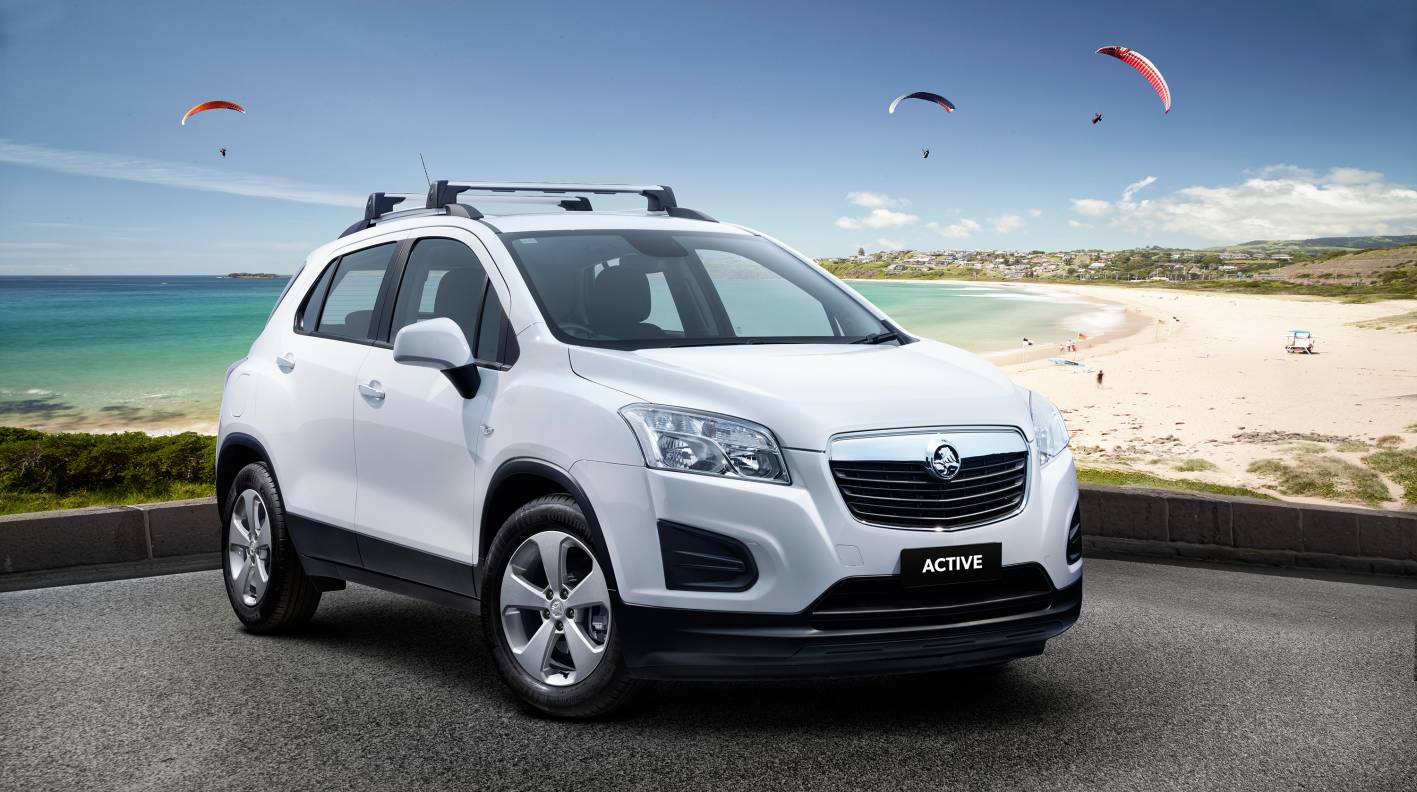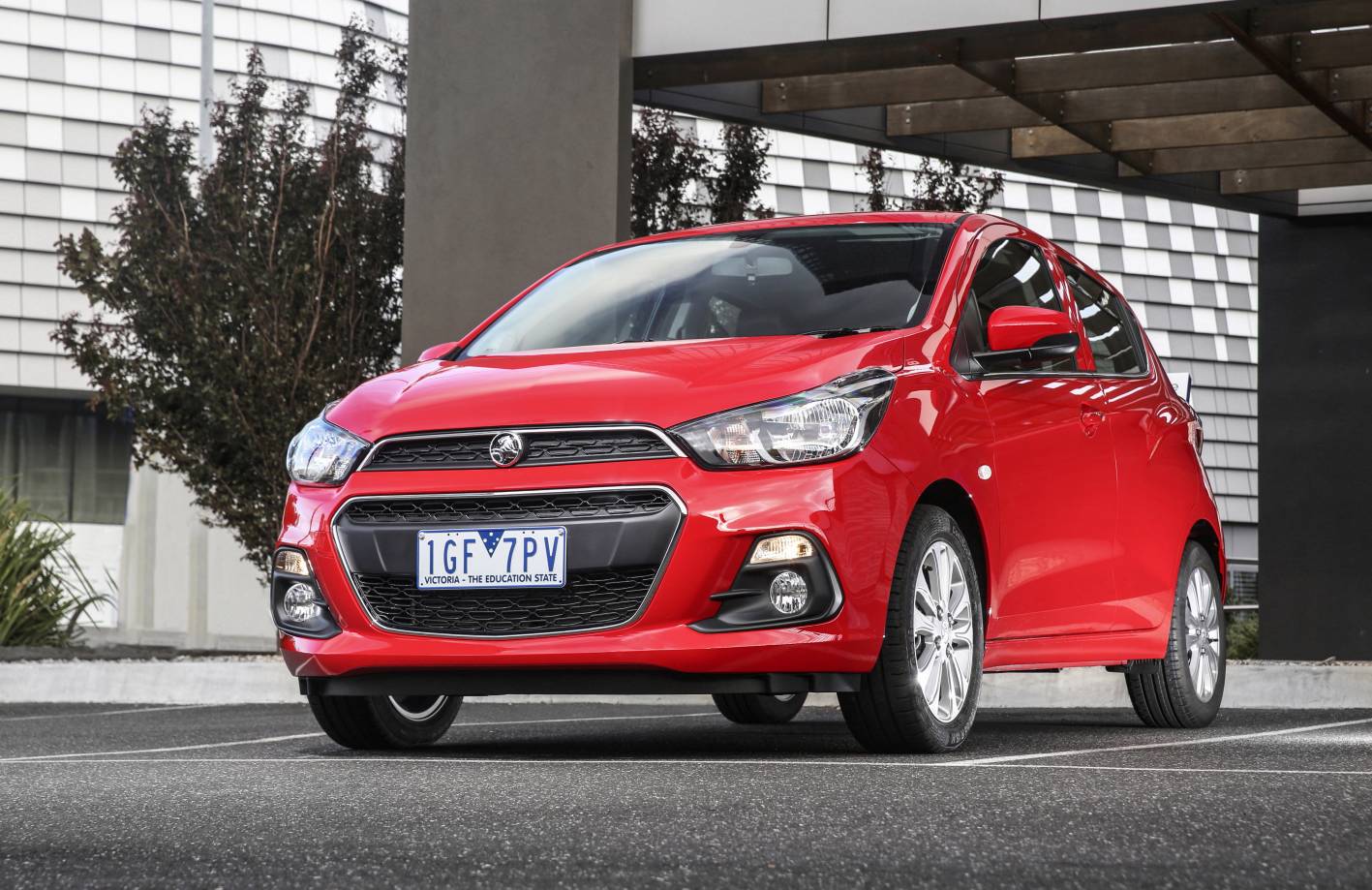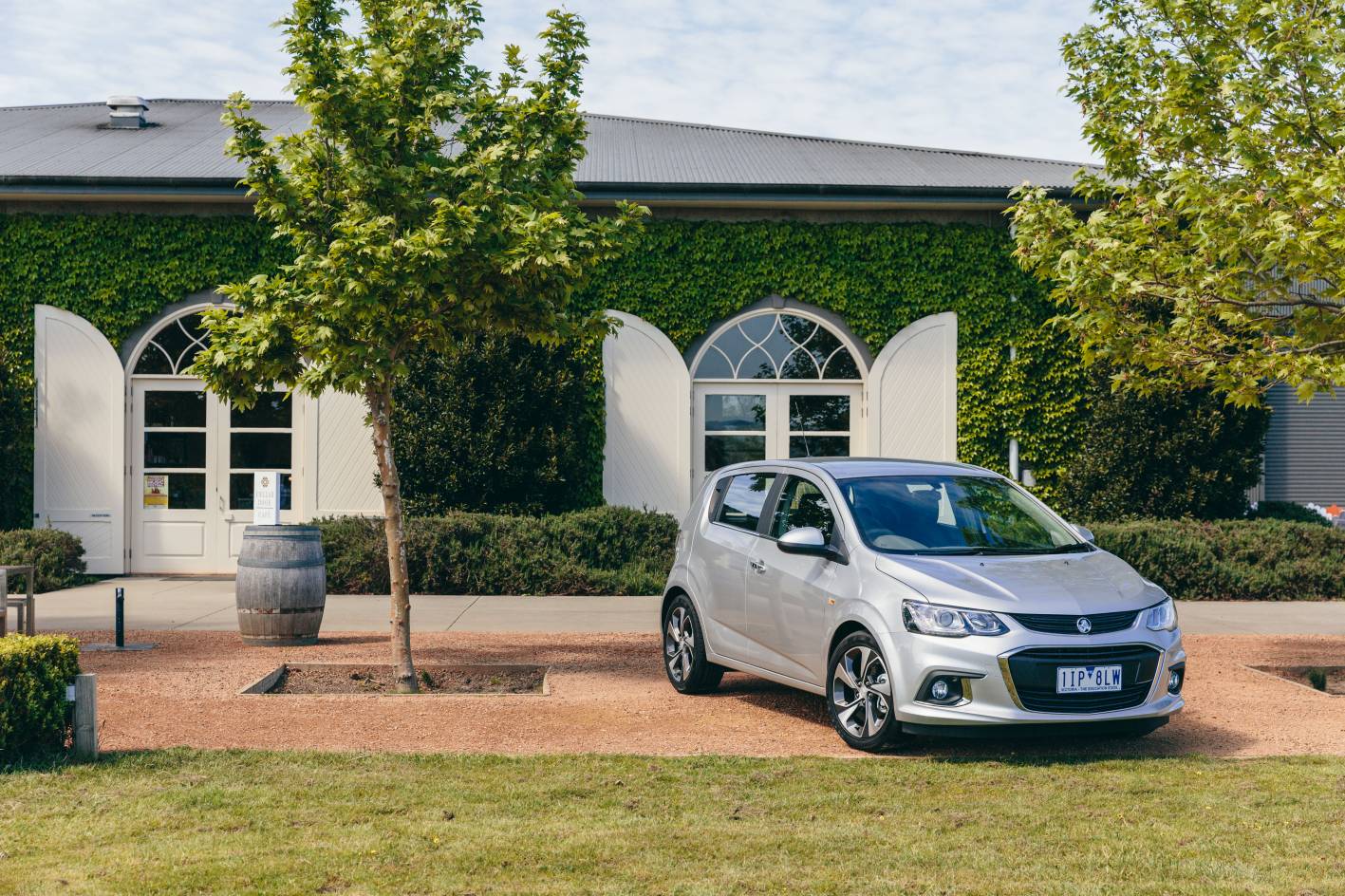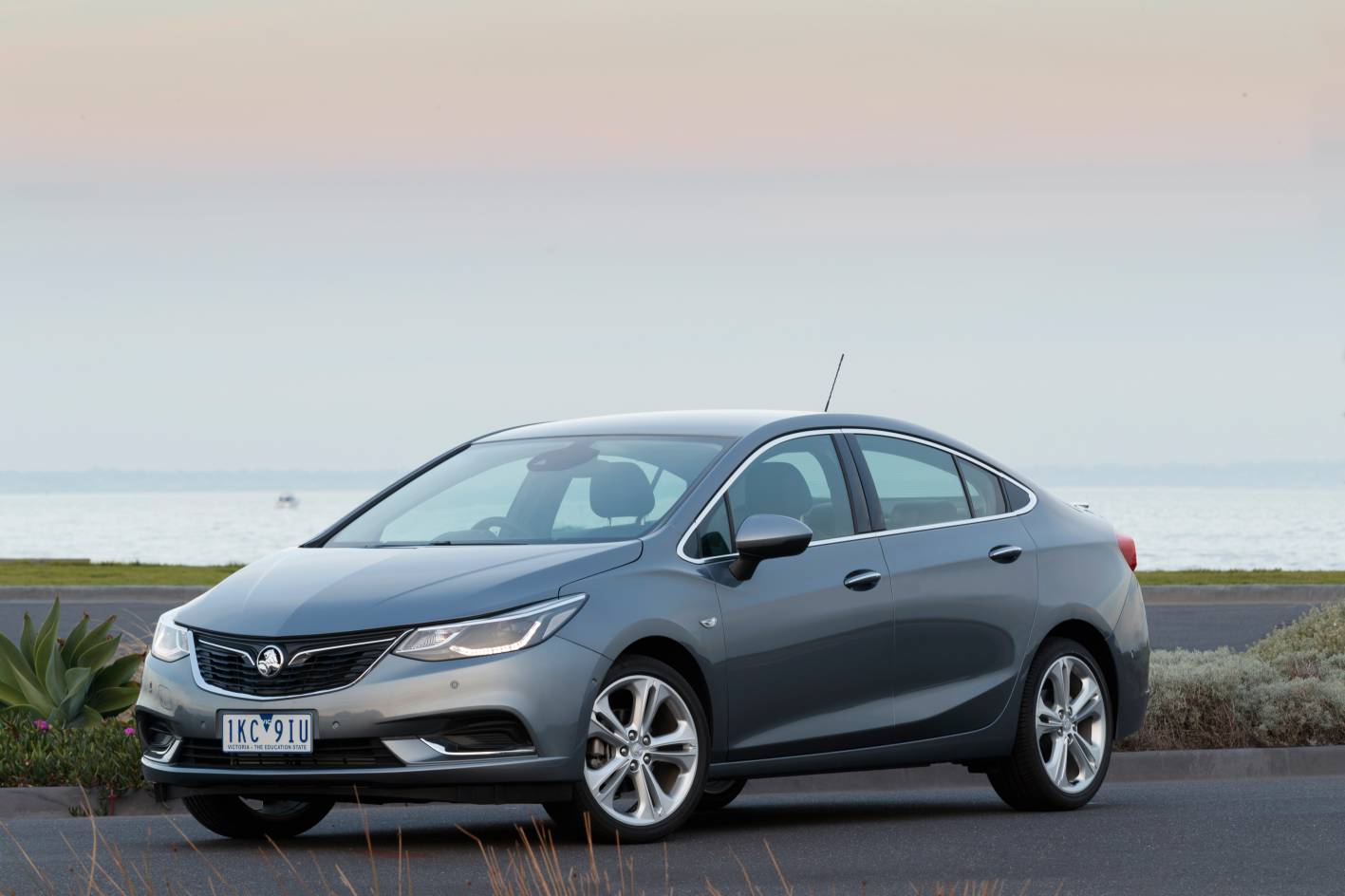Holden assures Korean car stock okay as plants threatened
/A ruthless GM review of factories in South Korea that build Holdens raises questions about the future of four small models coming here.





IMPLICATION of a widespread review of General Motors’ car plants in South Korea that has already culled a factory producing a Holden only freshly-released here is still being evaluated in New Zealand.
For now, the only comment about the situation that Holden New Zealand will offer is that it has enough stock of product likely to be affected to assuage any immediate concerns.
Ironically, the figure at the centre of GM’s evaluation of what it cites as
unproductive and perilously unprofitable plants is just wrapping up a visit here.
Barry Engle, president of Thailand-centred GM International, has been in Auckland for the unveiling to dealers of the Holden Commodore ZB, which comes on sale next month.
At the start of the week he announced the closure of GM Korea’s Gunsan factory – a former Daewoo plant and the sole source point for the Holden Astra sedan, which only came on sale here in October.
The factory, which GM says is running at just 20 percent capacity, will close down at the end of May.
What happens to the car has not been explained, but Holden NZ’s corporate affairs spokesman has suggested that the potential for it to come out of another GM plant, not necessarily in South Korea, is not beyond possibility. At present the only other production locations are North America or China.
Ed Finn also confirmed that the sedan has been achieving lower sales volume than the Astra hatch and wagon, which both come out of Germany and are Opel designed and built, whereas the Astra four-door is actually spawned by Chevrolet in North America.
For now, though, it is business as usual. “Holden has sufficient stock to last for the foreseeable future.”
The review might well have impact on other, more popular product that sources from South Korea.
GM has also indicated that it is in negotiations with various stakeholders about the future of its other three plants: These produce the Barina, Spark and Trax.
In comment, the maker said: “The performance of our operations in South Korea needs to be urgently addressed by GM Korea and its key stakeholders.
“As we are at a critical juncture of needing to make product allocation decisions, the ongoing discussions must demonstrate significant progress by the end of February, when GM will make important decisions on next steps.”
Holden in Australia has also made comment, saying that its product plan remains unchanged at this time.
“We have a good level of inventory to meet customer demand for the time being,” a spokesman for Melbourne head office said. “GM is working with key stakeholders on future plans.”
GM Korea turned out more than 500,000 vehicles for the Korean domestic market and export last year. However, this output is still a diminished count – in 2013, it produced 783,000 cars.
The Gunsan plant closure is expected to cost GM up to $US850 million, with a large slice of that going to cover redundancy packages for the 2000 employees there.
Overseas critics say that, with GM selling its Opel and Vauxhall operations to France’s PSA Group last year and then closing its Australian manufacturing operations in October, America’s biggest motor manufacturer is clearly ready to make hard decisions.
When Daewoo went bankrupt in the Asian financial crisis in 1999, GM stepped in to take over control with a 77 per cent buyout in 2001, with the remaining shares going to GM’s Chinese partner, SAIC Motor, and the South Korean government development bank.
Holden has already begun to wean off its hitherto heavy reliance on South Korea. It has just begun importing its new Equinox SUV from Mexico and will also take a larger SUV, the Acadia, from the end of the year.
Meantime, Holden NZ also had some good financial news to deliver yesterday, with Engle and local boss Kristian Aquilina outlining details of what they are calling a multi-year $50 million investment in the future of the brand here.
In a speech to staff yesterday, Engle said Holden is laying down the groundwork for long-term success in New Zealand on the back of its investments in customer experience, facilities, technology and people.
“New industry-leading technology, a modernised retail presence and indeed, fantastic new generation vehicles set Holden up for a great future – a future probably beyond most people’s imagination,” he said.
Holden and its dealer network have embarked on an upgrade programme across the brand’s 51 locations across the country, including 16 new store builds and major developments. All locations will transition to a modernised Holden aesthetic and interior spaces that elevates the customer experience.
This comes after recent upgrades to Holden’s New Zealand headquarters, a 50 percent expansion of the company’s parts and distribution warehouse in South Auckland and the commissioning of a staff training facility near Auckland airport.
Aquilina said the company is transforming many aspects of its business, including the customer experience, brand and products.
The investment programme will also enable exciting new connectivity technology that will change the way its customers interact with their Holden.
Holden will introduce its Onstar technology as part of every new vehicle introduction from late 2019. This gives Holden cars the capability of connecting to the internet, enabling a suite of services for its customers including to manage their vehicle remotely from their smartphone.
















